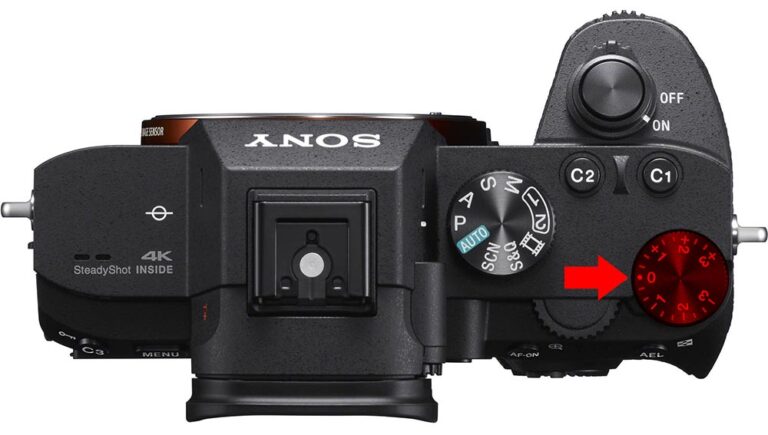Change Image Brightness With Any Component
They All Have the Same Effect!
1. Scene Luminance
(or scene brightness if you will)
The brighter the scene, the brighter the image will get.
2. Aperture
The bigger the hole in the lens, the more light gets in and the brighter the image will get.
3. Exposure Time (Shutter Speed)
The longer the shutter is open to expose the sensor to the light, the brighter the image get.
Exposure Value explained - Camera Animation
Once the shutter is closed, the process of exposing the sensor (in short “exposure”) to the light has ended.
4. ISO (Gain)
The higher the gain setting, the brighter the image will get.
Double any component to double image brightness
That change in brightness follows a pattern. Double the component and the image will get twice as bright.
1. Doubling Scene Luminance
Doubling scene luminance might be the most difficult one, but it is of course possible.
- shoot at a different time of day
- shoot outdoors instead of indoors
- turn on the lights
- use a flash
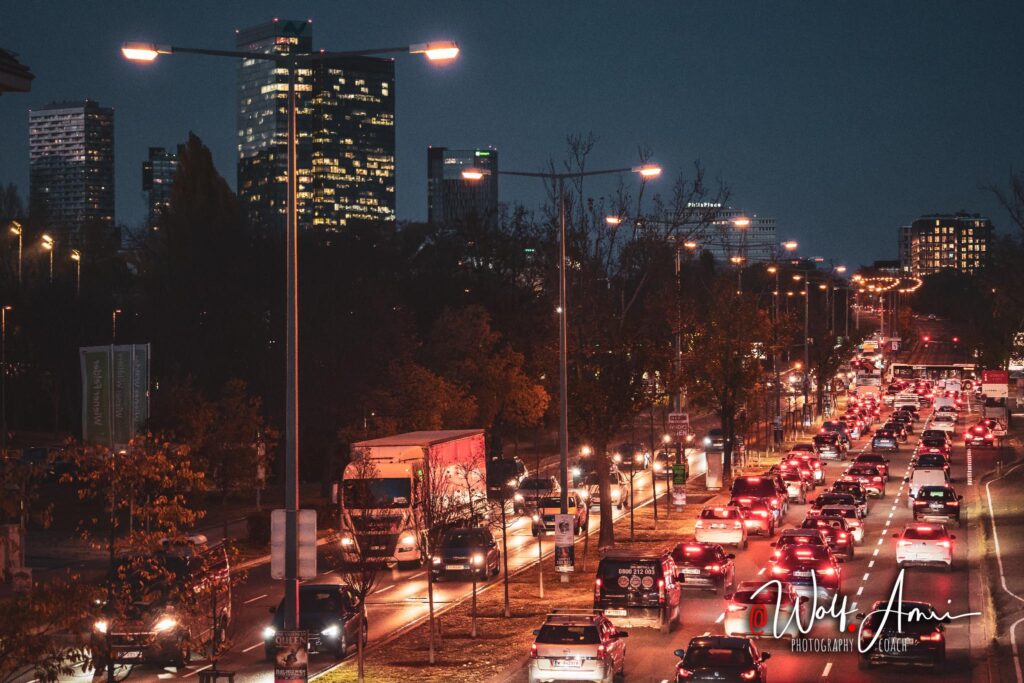
Doubling the other components of image brightness is much easier though.
2. Doubling Aperture
Doubling the size of the aperture opening will let twice as much light into your camera, creating an image that is twice as bright.
original image
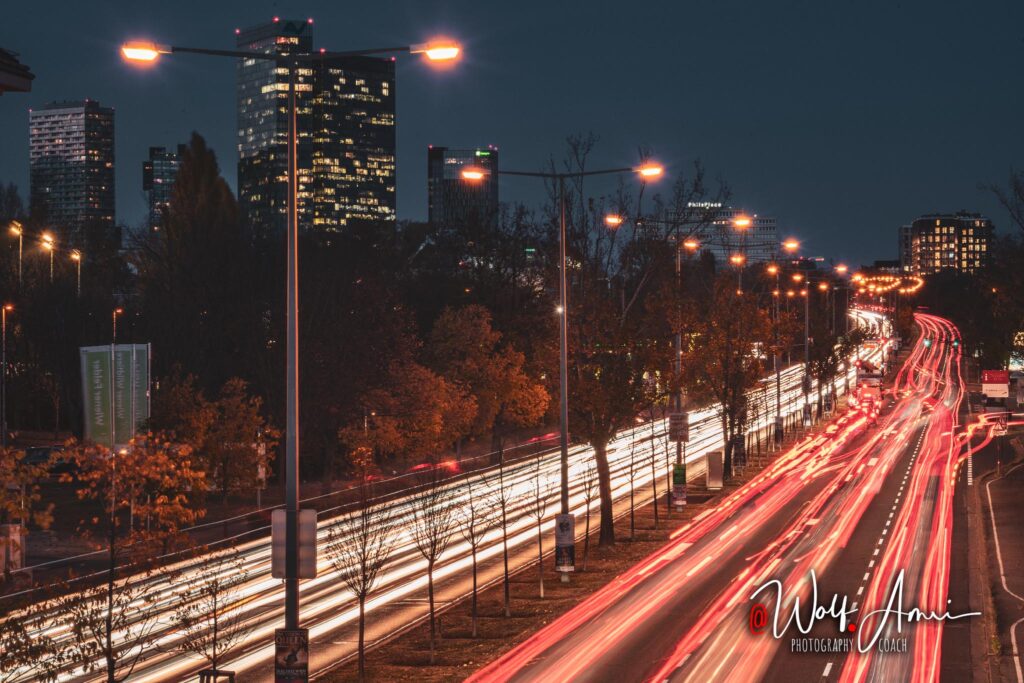
double aperture size
1/4 instead of f/5.6

3. Doubling Exposure Time
Doubling the time the sensor is exposed to the light (shutter speed/exposure time) will double the amount of photons hitting the sensor and make your image twice as bright.
original image

double exposure time
1/25sec instead of 1/50sec

4. Doubling The Gain (ISO)
Doubling the gain (ISO) just doubles the signal (amount of photons) the sensor recorded and will make your image twice as bright.
original image

double gain
ISO400 instead of ISO200

The four components above will only change image brightness, if you are in manual exposure mode. In any auto-or semi-auto-mode (full auto, program mode, aperture priority and shutter priority) the camera will compensate for the doubling of one component, by reducing one of the other components.
5. Exposure Compensation
If you want to increase or decrease exposure or image brightness in any of the auto- or semi-auto-modes mentioned above, you have to use the exposure compensation function.
You can usually choose between
-3 | -2 | -1 | 0 | +1 | +2 | +3
And guess what: each step will duplicate image brightness (or half if you go to “-“).
1/3 Steps
As you can see in the images above, there are tiny marks between these numbers. These are 1/3 steps. Every one of these 1/3 steps is one click on your camera dial.
So if you change shutter speed by 1 click, it would represent 1/3 of that full number. Why is that important? Because that full number is what this page is all about: one full number is one Exposure Value.
What is an Exposure Value?
There are in fact two meanings for Exposure Value in photography. They are similar, but not exactly the same. Let’s start with the more common one.
1. Doubling Brightness = 1 Exposure Value
First: one exposure value means doubling brightness if you raise by 1EV, or halving brightness if you lower by 1EV.
Doubling = 1 EV
In photography the above explained doubling is very important and has a name.
The scientific name would be “Exposure Value” (EV).
1 EV = 1 Stop
The more common name for Exposure Value is “Stop“. If a photographer tells you to expose one stop brighter, he also means:
double image brightness.
1 Stop = 3 Clicks
When changing your camera settings on your dials, you have to rotate the dials by 3 clicks (steps) to get one stop.
One click is 1/3 stop.
Exception: Canon
For some Canon Entry level cameras, ISO is an exception
(Canon t7). With these cameras
1 click for ISO = 1 stop
Shame on them for complicating things.
1EV = 3 Clicks Aperture = 3 Clicks Exposure Time = 3 Clicks ISO
So in regard to image brightness any click of any of the three settings in one direction can be compensated with a click of any of the other settings in the opposite direction (with the exception of ISO for Canon entry Level Cameras). In manual exposure that is. As explained above, in any auto or semi-auto mode, you would use exposure compensation instead. Here choosing three clicks would also double image brightness, but the camera would decide which of the camera settings it would change.
I have created a cheat sheet for you that will make that much easier to understand. It lists all the camera settings and ads some graphics so that you immediately know what they are best used for. It is available in bigger sizes for logged in members. But don’t worry, becoming a member is free.
If you register for free on this website, you get access to our download section can download the brightness bars as a printable pdf.
or
2. Combinations of Camera Settings That Create the Correct Image Brightness for a Given Scene Luminance
Brightness Levels of a Scene
Exposure Value is actually a measure for the brightness level of a scene. For example an outdoor scene in full sun at noon usually has a brightness level of 15EV. For the nerds: a scene with 15EV has an illuminance of roughly 82.000 lux and a luminance of 4096 cd/m2. You can measure that illuminance with a generic light meter.

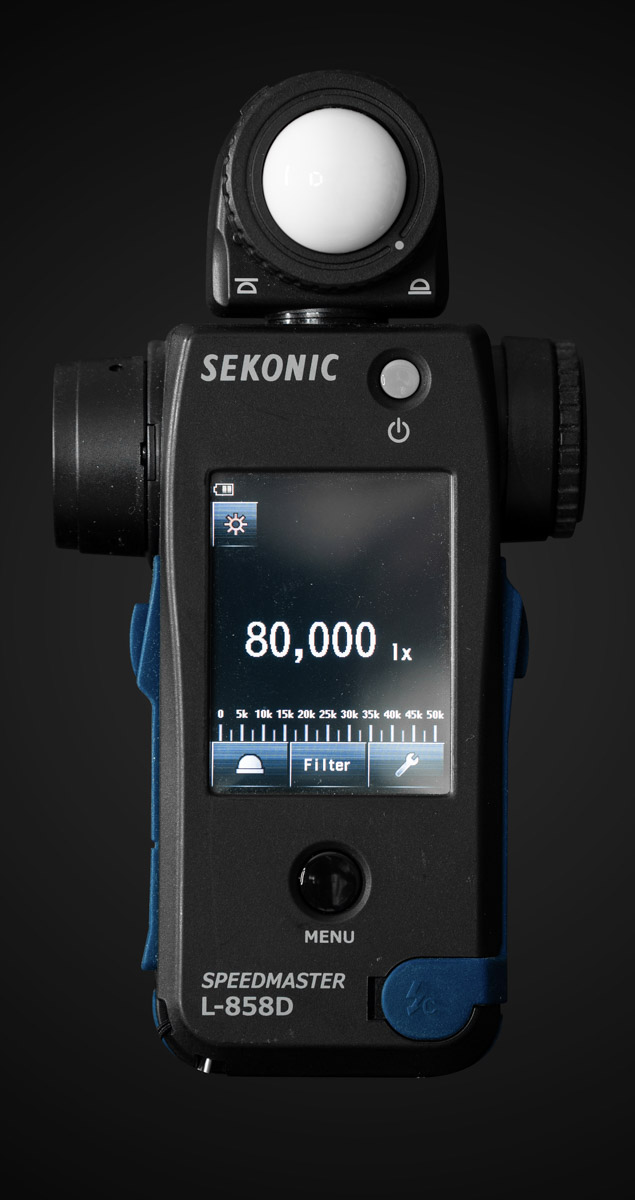
Combinations of Camera Settings
A dedicated light meter for photography is also able to convert that luminance into a set of camera settings that will create an image with a perfect image brightness. A “well exposed” image so to say.
However, that well exposed image can be made up by an almost infinite combination of different settings.
Example for Different Settings: The Sunny 16 Rule
For example the so-called sunny 16 rule says that when using an aperture of f/16 on a bright sunny day at noon, that a shutter speed of 1 divided by ISO (1/ISO) will give you the perfect exposure. I have to note though, that scientifically, ISO would not be part of exposure, as you have surely read in my page ISO explained.
However: 1/ISO can be:
- 1/100 is ISO is to 100
- 1/200 if ISO is set to 200
- or 1/1600 if ISO is set to 1600
And that’s just a fraction of the combinations possible. It could also be 1/125 or 1/160 or 1/250 or 1/320 if you set the ISO accordingly.
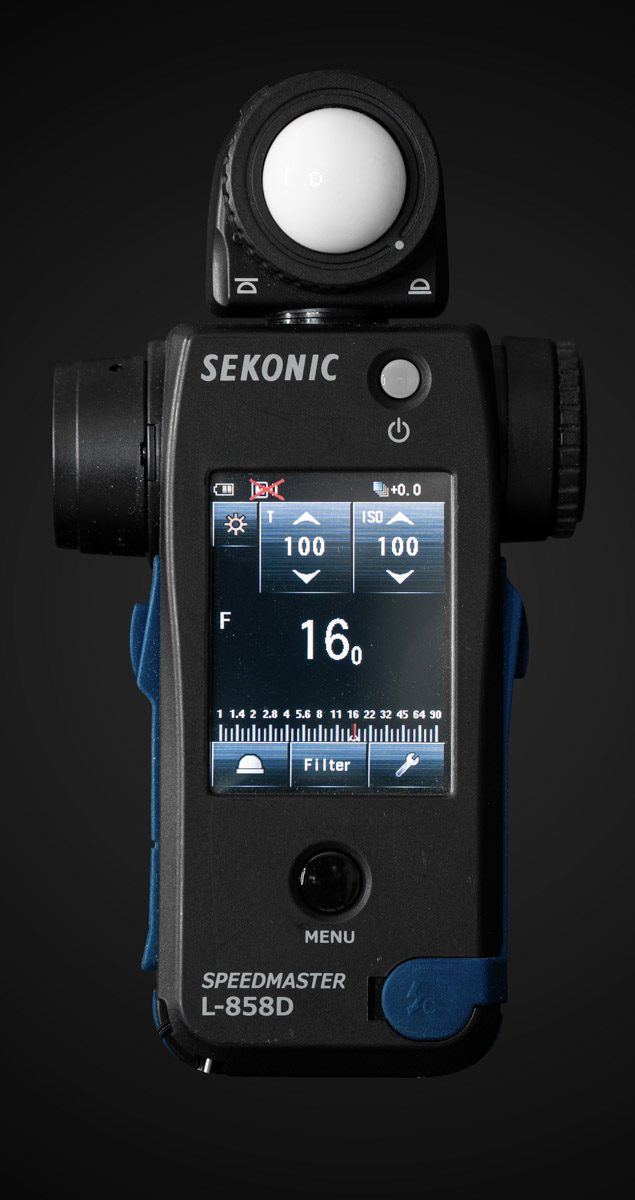
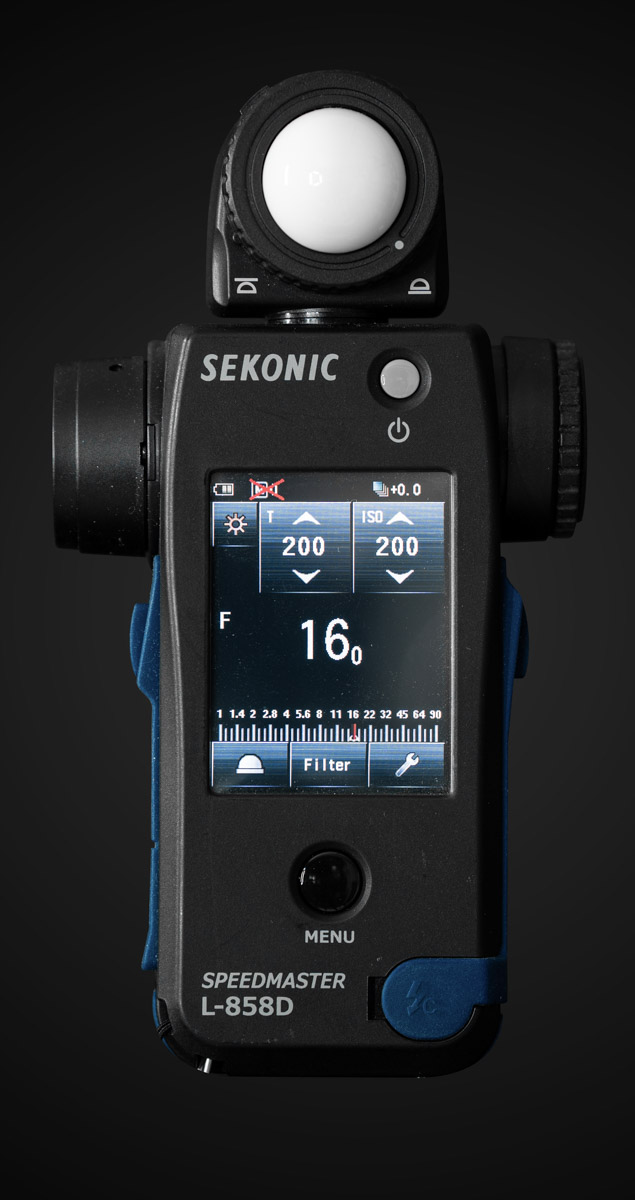
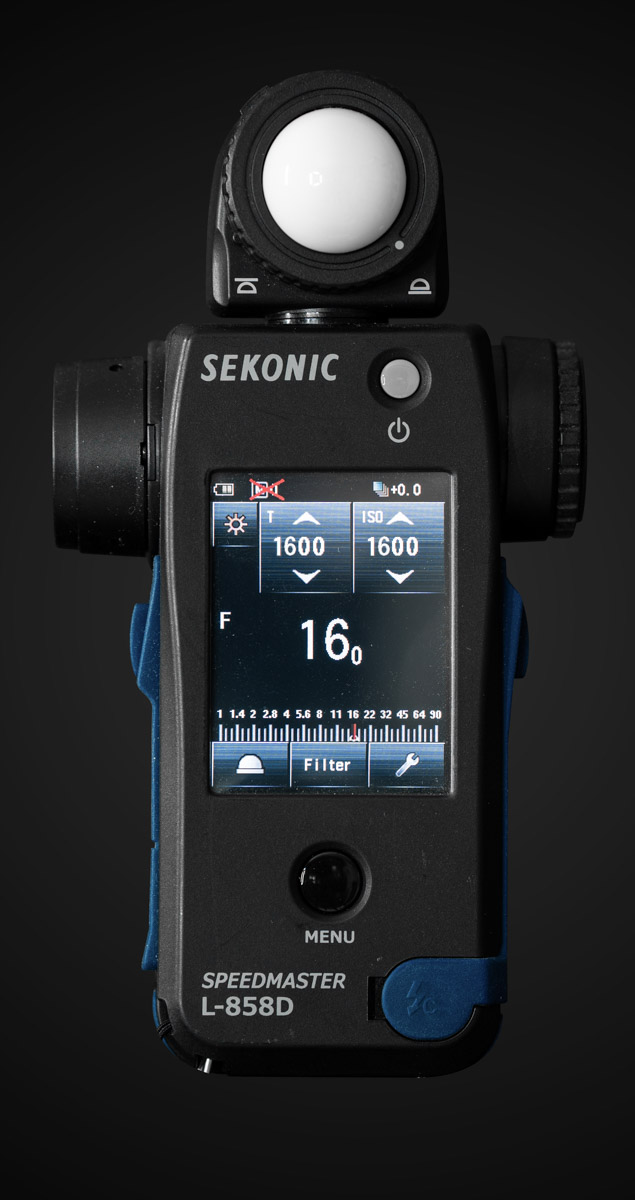
But what if you don’t use f/16, but rather f/11?
f/11 is one stop (so three clicks) brighter than f/16 (you can check on your camera to verify!
Remember, you learned that you can compensate with three clicks of one of the other settings. So you gained 3 clicks of light with aperture, making the image over exposed, so you need to make the image darker again by 3 clicks of another setting.
So let’s say you chose 1/200sec exposure time and ISO200. So you could either choose 1/400sec exposure time (which is 3 clicks or half the time), or you leave the exposure time as is and choose to to reduce ISO instead – three clicks ISO would get you to ISO100).
Please take your camera to make that experiment with me.
But Which of These Combinations Should you Choose?
That is something you will learn on the next page:
Exposure Value FAQ
Yes you can. Exposure Values can be measured in lux. A regular light meter can do that. A photographic light meter can even convert the exposure values into camera settings.
Please comment below. I will constantly update this section with new questions.
Interesting and Correct Exposure Value Links
- Exposure Values explained on Wikipedia
- Exposure Value on photographylife.com
- Exposure Value on expertphotography.com

